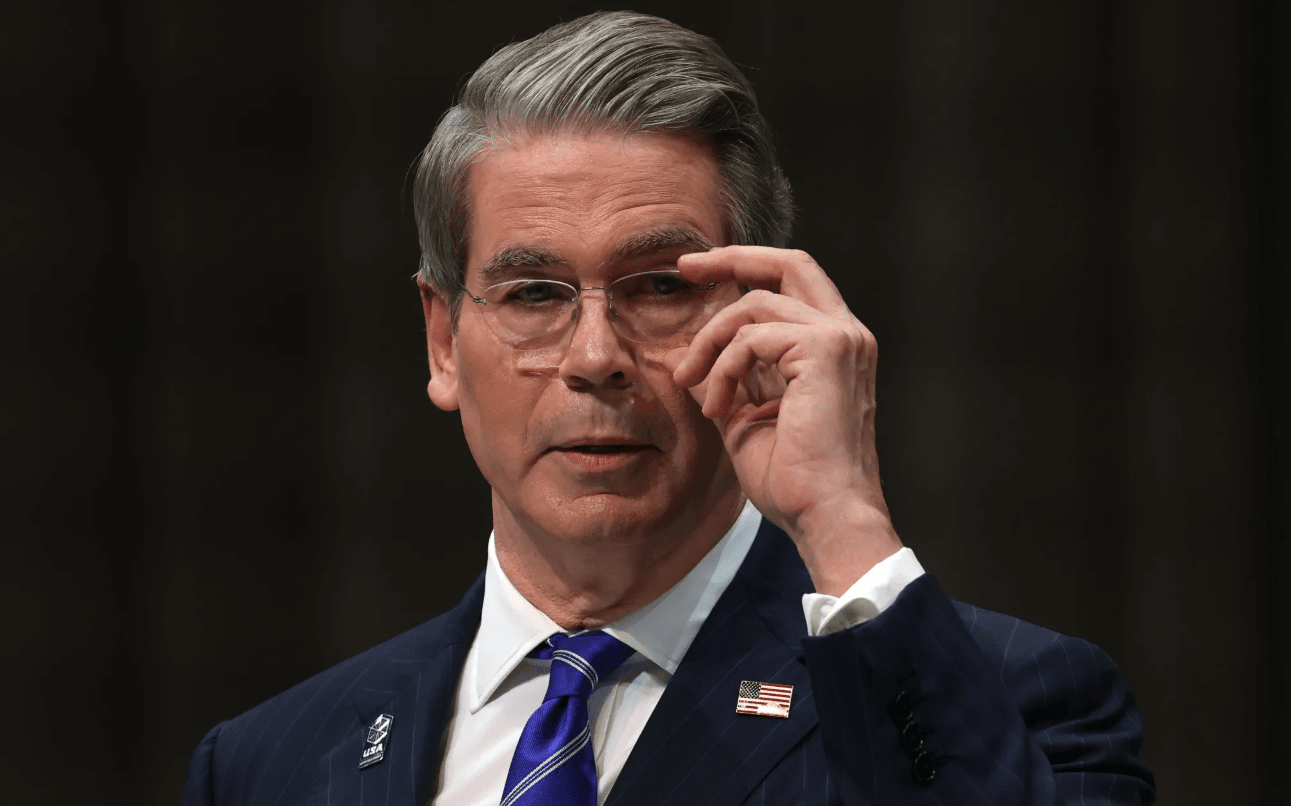Stablecoins have become major holders of U.S. Treasuries, surpassing Germany.
Crypto asset management company Bitwise recently shared a data chart showing that stablecoin issuers pegged to the U.S. dollar have quietly become an emerging main force in the U.S. Treasury market.
The chart shows that the overall holdings of U.S. Treasuries by stablecoin issuers have surpassed those of Germany, the world's third-largest economy, ranking just behind Taiwan, Hong Kong, Singapore, and a few other countries and regions.

Foreign media (BeInCrypto) previously reported that the combined holdings of U.S. Treasuries by the two major stablecoin issuers, Tether ($USDT) and Circle ($USDC), have surpassed those of Germany, South Korea, and the United Arab Emirates, highlighting the financial power coming from the cryptocurrency sector and how it is reshaping the global debt market landscape.
U.S. Treasury Secretary is optimistic about stablecoins attracting Treasury demand, estimating a scale of up to $2 trillion.
The rise of stablecoins has drawn close attention from the U.S. government. The UK (Financial Times) pointed out that U.S. Treasury Secretary Scott Bessent is pinning hopes on the cryptocurrency industry, expecting stablecoin issuers to become an important source of demand for U.S. government bonds to address the worsening U.S. fiscal deficit and massive debt issuance pressure.
Bessent had previously told Congress that he expects the stablecoin market to expand from its current scale of about $270 billion to $2 trillion in the coming years.
This wave of optimism is partly driven by the recently passed GENIUS Act, which establishes a regulatory framework for stablecoins, requiring their reserves to be backed by high-quality liquid assets like U.S. Treasury bonds, providing clarity for the compliant development of the market.
Further reading:
Dreams finally realized! Trump officially signs the GENIUS Act, the first stablecoin regulatory law in the U.S. is born.
 Source of the image: Bloomberg. U.S. Treasury Secretary is optimistic about stablecoins attracting Treasury demand, estimating a scale of up to $2 trillion.
Source of the image: Bloomberg. U.S. Treasury Secretary is optimistic about stablecoins attracting Treasury demand, estimating a scale of up to $2 trillion.
UBS scholars: Stablecoins have not increased demand, or only represent a transfer of funds.
However, not everyone agrees that stablecoins can bring new demand to the U.S. Treasury market.
According to (Fortune magazine), UBS Group economist Paul Donovan believes that stablecoins are more about the 'redistribution' of funds rather than creating new demand.
Donovan stated: "Someone sells Treasury bonds to buy stablecoins, and the stablecoin issuer then invests that money in Treasury bonds, which does not change the total demand for U.S. debt instruments."
Is the purchasing power of stablecoins injecting vitality into the market, or merely changing the holders of funds? Although stablecoin issuers have already arisen, their long-term substantial impact on the U.S. debt market is still under continuous observation and debate in the market. However, it can be anticipated that as regulatory rules become clearer, more large institutions will enter the market to promote the growth of the stablecoin sector, unlocking its potential in cross-border payments.
See more news related to stablecoins:
South Korea's Lotte subsidiary integrates Aptos! Electronic vouchers issued on-chain exceed one million, gearing up for stablecoin opportunities.
From the crypto sphere to mainstream finance, Goldman Sachs is optimistic about the payment potential of stablecoins, with a market value reaching trillions of dollars!
Reuters: Concerned about U.S. dollar hegemony, China considers stablecoins, with Hong Kong and Shanghai as pilot cities.
'Bitwise: Stablecoin holdings of U.S. Treasuries surpass Germany! Ranking after Taiwan, U.S. Treasury Secretary hopes to rely on it to rescue the deficit.' This article was first published in 'Crypto City.'




